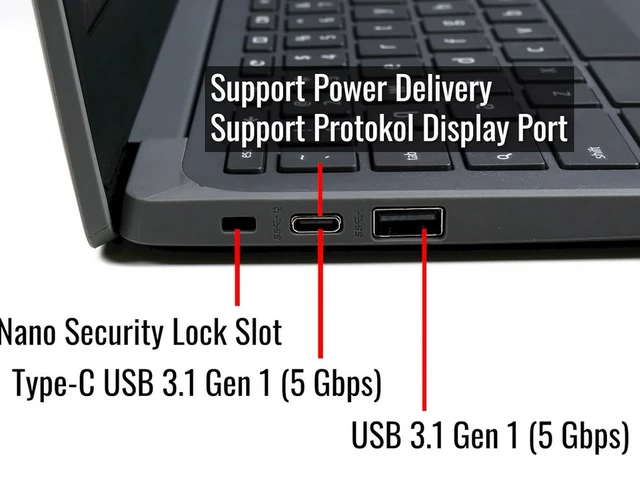Starting February 25, 2026, travelers from 85 countries that currently zip into the UK without a visa — including Americans, Canadians, and French citizens — will need a digital pass just to board a plane. No ETA, no flight. It’s that simple. The UK Home Office confirmed the policy shift in its November 2025 factsheet, marking the final phase of a three-year rollout that began in October 2023. By next year, airlines and ferry operators will be legally required to check every passenger’s Electronic Travel Authorisation (ETA) status before departure. If you don’t have it, you won’t get on board — period.
What Exactly Is the ETA?
The Electronic Travel Authorisation (ETA) isn’t a visa. It’s not a tax. It doesn’t guarantee entry. Think of it as a digital key card for the UK border — a pre-screen that tells carriers and immigration officials you’ve passed basic eligibility checks. You still face the same questions at passport control: Why are you here? How long will you stay? Do you have enough money? But now, you’ll need approval before you even leave home.
Applying takes about 15 minutes online via GOV.UK. You’ll need your passport, an email address, a credit card (£16, non-refundable), and a clear digital photo that meets UK government standards — no hats, no sunglasses, no selfies with your dog. The system has already handled over 13.3 million applications since its soft launch in October 2023, with a 98% approval rate for eligible travelers. That’s not fluke. It’s working.
Who’s Affected — And Who’s Not?
The list of 85 nationalities includes most of Western Europe, North America, Australia, Japan, South Korea, and several Latin American countries. But exemptions exist — and they matter.
- British and Irish citizens are completely exempt. Always have been. Always will be.
- Dual citizens with British or Irish nationality? You’re exempt — but only if you travel on a valid British or Irish passport. Show up with your US passport and a British birth certificate? You’ll be turned away at the gate.
- Legal residents of Ireland from ETA-required countries can still enter the UK without one, as long as they’re traveling within the Common Travel Area and can prove residency — say, with an Irish residence permit.
- Transit passengers at Heathrow or Manchester who don’t clear UK immigration (e.g., flying from Paris to New York with a layover) don’t need an ETA — yet. But if you step through passport control, even for coffee, you’re in the system.
That last point trips up a lot of people. A 90-minute connection in London? Fine. But if you need to change terminals and go through security again — and your flight lands in Terminal 5 and departs from Terminal 2? You’re technically entering the UK. You need the ETA.

Why Now? The Bigger Picture
The UK isn’t just making travel harder — it’s building a new border infrastructure. Migration and Citizenship Minister Mike Tapp called the ETA rollout “a major step” toward a contactless border. That means fewer paper stamps, fewer queues, and more automated checks. The goal? A system where your biometrics, passport, and travel authorization are verified before you even leave your home country.
This mirrors what the US, Canada, and the EU have already done. The US has ESTA. The EU has ETIAS, launching in 2025. The UK’s ETA is the final piece in a global shift toward digital pre-screening. It’s not about suspicion — it’s about efficiency. The Home Office says the system reduces fraud, helps identify high-risk travelers early, and cuts administrative costs by automating what was once manual.
Carriers are now on the hook. Airlines like British Airways and Delta Air Lines will face fines if they board someone without a valid ETA. That’s why they’re already updating their booking systems. You won’t even be able to check in online without proof of authorization.
What Happens If You Skip It?
It’s not a fine. It’s a dead end.
Starting February 25, 2026, if you show up at the airport with a ticket to London but no ETA, you won’t get past the check-in counter. No second chances. No “we’ll sort it at the gate.” The system is automated. The airline’s software will flag you. You’ll be told to apply online — but you’ll miss your flight. And you won’t get your £16 back.
Worse, if you’re already abroad and your ETA expires during your trip? You’ll need to reapply before returning. The ETA is valid for two years or until your passport expires — whichever comes first. That’s something many travelers forget.

What’s Next?
The Home Office says this is just phase one. Next up? Integration with eVisas for longer stays, and eventually, biometric verification at self-service kiosks. By 2028, the goal is to eliminate physical documents entirely for short-term visitors. The United Kingdom wants to become one of the world’s first fully digital borders — and the ETA is the foundation.
For now, the message is clear: Plan ahead. Apply three working days before you fly. Don’t wait until the night before. And if you’re a dual citizen — make sure your British passport is valid. Because in the new UK, your digital permission isn’t optional. It’s your ticket.
Frequently Asked Questions
Do I need an ETA if I’m flying through the UK to another country?
Only if you pass through UK border control. If you’re transiting airside at Heathrow or Manchester without leaving the secure zone, no ETA is needed. But if you need to collect luggage, change terminals, or enter the UK for any reason — even for a coffee — you must have an approved ETA. The system checks your itinerary and passport control points, not just your final destination.
Can I apply for an ETA on my phone?
Yes. The UK Home Office’s ETA application is fully mobile-optimized and can be completed on any smartphone. You can upload your photo, pay the £16 fee, and receive approval via email — often within minutes. But don’t wait until you’re at the airport. Some applications require manual review, which can take up to three working days.
What if my ETA application is denied?
Denials are rare but possible — usually due to incomplete info, mismatched documents, or past immigration violations. If denied, you’ll get an email explaining why. You can appeal or apply for a full visa through the standard process. The ETA isn’t a replacement for a visa if you’re ineligible — it’s a streamlined option for those who already qualify for visa-free entry.
Will the ETA cost more in the future?
The £16 fee has remained unchanged since 2023, but the Home Office reserves the right to adjust it based on operational costs. There’s no official announcement of a hike, but inflation and system upgrades could lead to increases after 2027. Always check GOV.UK before applying — prices are listed clearly and updated in real time.
How is this different from the EU’s ETIAS?
The UK’s ETA and the EU’s ETIAS are nearly identical in structure — both are digital pre-authorizations for visa-free travelers. But ETIAS applies to Schengen Area countries, while ETA is UK-only. If you’re visiting both, you’ll need both. The UK system launched earlier and has already processed over 13 million applications, making it more mature than ETIAS, which won’t go live until mid-2025.
Do children need an ETA?
Yes. Every traveler, regardless of age, needs an individual ETA — including infants. Parents or guardians can apply on behalf of minors using the same online portal. Each child must have their own passport and photo. There’s no discount for children; the fee is £16 per person, no exceptions.








Write a comment